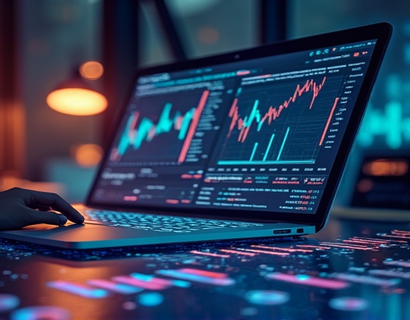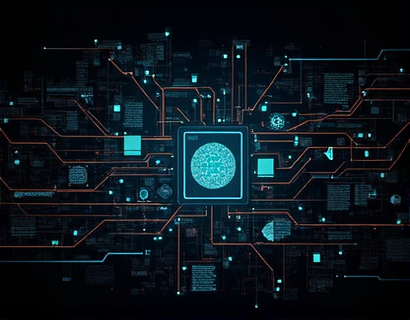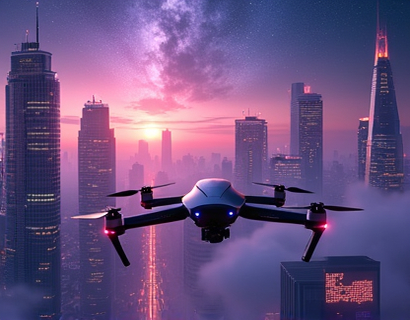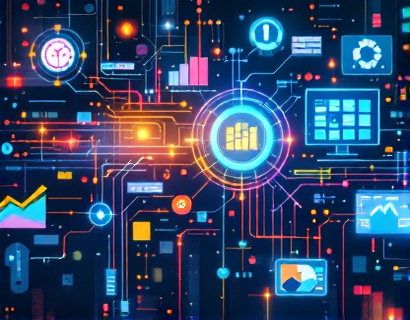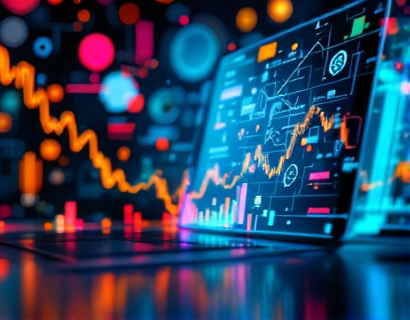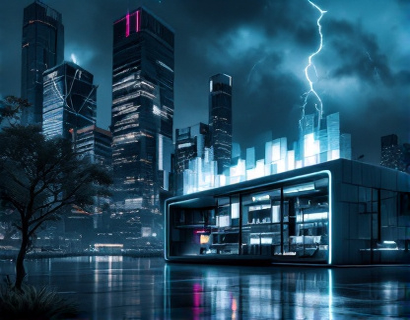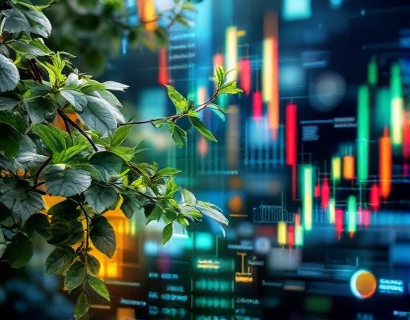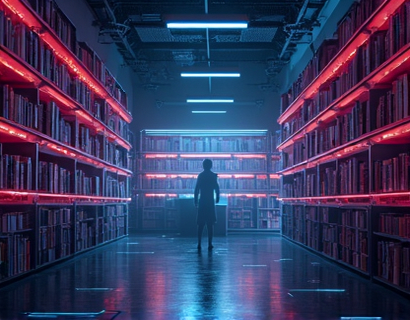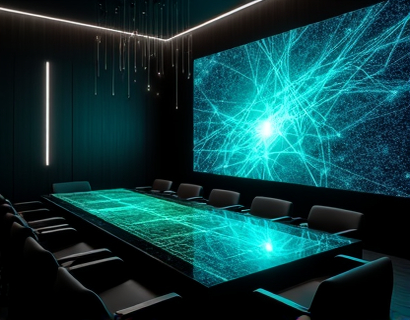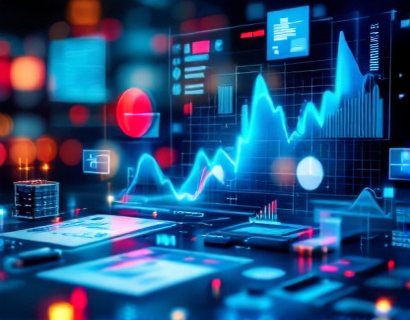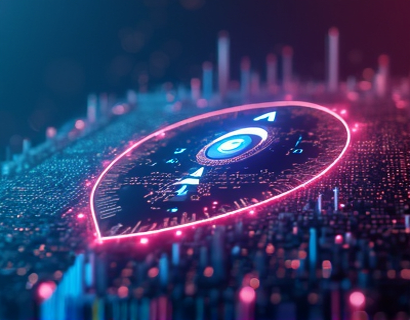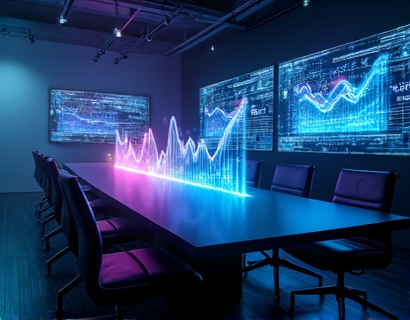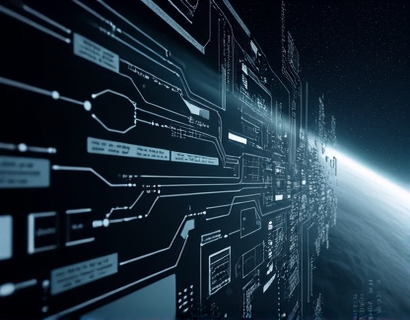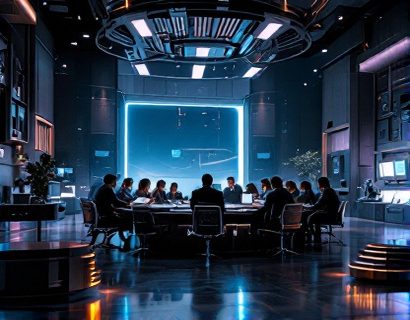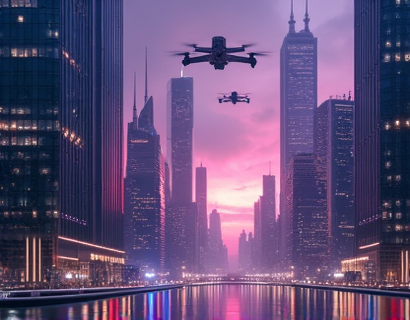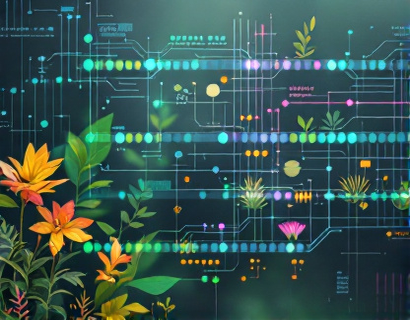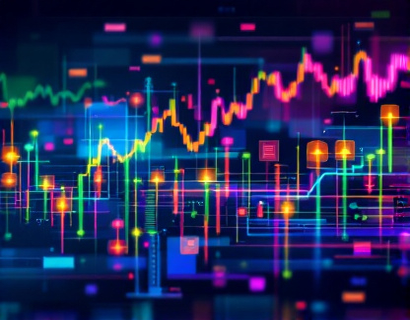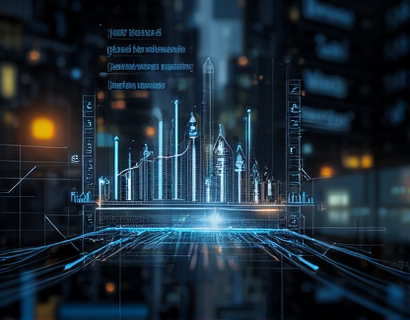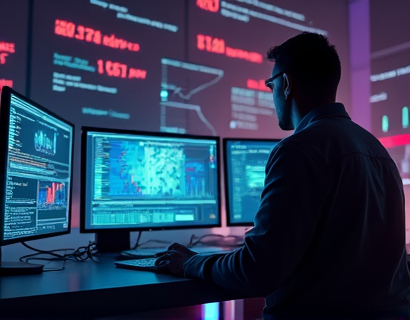Unlocking Digital Transformation: Converting Physical and Digital Assets into Enchanted Collectibles
In an era where technology and creativity converge, the concept of digital transformation has taken on a new dimension. This transformation isn't just about adopting new tools or processes; it's about reimagining the way we perceive and interact with our physical and digital assets. One of the most exciting frontiers in this domain is the conversion of these assets into enchanted digital collectibles. This process, facilitated by advanced online solutions, merges the realms of artistry and innovation, offering a unique pathway to enhance the value and allure of our possessions.
The idea of transforming physical and digital treasures into captivating digital collectibles is not merely a technological feat but a creative revolution. It allows individuals and communities to breathe new life into their unique possessions, turning them into mystical artifacts that resonate in the digital space. This transformation is not just about digitization; it's about enriching the essence of the original item, making it more engaging, and expanding its potential audience.
Understanding Digital Collectibles
To fully grasp the concept of converting physical and digital assets into digital collectibles, it's essential to understand what digital collectibles are. Digital collectibles are unique digital items that hold value and appeal, often created through a combination of art, technology, and storytelling. These collectibles can range from digital art and rare in-game items to virtual real estate and unique digital certificates of authenticity.
Unlike traditional collectibles, digital collectibles exist in the virtual world, accessible through various online platforms. Their uniqueness is often verified through blockchain technology, ensuring authenticity and scarcity. This blend of art and technology not only preserves the original asset but also enhances its value by providing a new context and purpose in the digital realm.
The Process of Transformation
The journey of transforming physical and digital assets into digital collectibles begins with a deep appreciation for the original item. Whether it's a piece of art, a vintage object, or a digital file, the first step is to identify its unique characteristics and the story it tells. This process involves a thorough analysis of the asset's historical, cultural, and aesthetic significance.
Once the asset's essence is captured, the next step is to digitize it. This can involve high-resolution scanning for physical items or direct digital capture for existing digital files. The digitization process ensures that the original details and nuances are preserved, laying the foundation for the transformation into a digital collectible.
With the asset digitized, the real magic begins. Advanced online solutions use a combination of algorithms, machine learning, and creative design to enhance and transform the digital representation. This process can include adding interactive elements, integrating augmented reality (AR) features, and embedding rich metadata that provides context and provenance.
Enhancing Value Through Technology
The use of technology in this transformation process is crucial for enhancing the value of the original asset. Interactive elements, such as animations and 3D models, can bring static images to life, making them more engaging and immersive. Augmented reality features allow users to experience the collectible in their physical environment, blurring the lines between the virtual and real worlds.
Metadata plays a vital role in establishing the authenticity and uniqueness of the digital collectible. Detailed descriptions, historical context, and ownership history are encoded into the metadata, providing a comprehensive narrative that adds depth and value to the collectible. This metadata can also include information about the digitization process, ensuring transparency and trust.
Community and Collaboration
The transformation of assets into digital collectibles is not a solitary endeavor. It thrives on a community of creative visionaries who share a passion for innovation and artistry. Online platforms dedicated to this process foster a collaborative environment where individuals can share ideas, provide feedback, and learn from each other.
These communities often include digital artists, collectors, historians, and technologists, each bringing their unique expertise to the table. The collective knowledge and creativity within these communities drive the continuous evolution of digital collectibles, pushing the boundaries of what is possible.
Joining the Movement
To embark on this transformative journey, one needs to join a community that supports and facilitates the conversion of physical and digital assets into digital collectibles. Platforms designed for this purpose offer a range of tools and resources to guide users through the process.
These platforms provide step-by-step guides, tutorials, and expert advice to help users navigate the transformation. They also offer a space to showcase and trade digital collectibles, creating a vibrant market where creativity and innovation are rewarded. By joining such a community, individuals not only gain access to advanced tools but also become part of a larger movement that celebrates the fusion of art and technology.
Benefits of Digital Collectibles
The benefits of converting physical and digital assets into digital collectibles are manifold. For individuals, this process offers a new way to preserve and share their cherished possessions, giving them a timeless digital existence. Collectors can expand their collections with unique digital items that complement their physical assets, creating a more comprehensive and dynamic collection.
From a financial perspective, digital collectibles can appreciate in value over time, especially if they are part of a limited edition or have a strong community backing. The ability to buy, sell, and trade these collectibles on dedicated platforms opens up new opportunities for investment and monetization.
Moreover, digital collectibles have a broad appeal, attracting a diverse audience that includes tech enthusiasts, art lovers, and history buffs. This wide reach can help increase the visibility and recognition of the original asset, providing a new platform for its appreciation and study.
Case Studies and Inspiration
To better understand the potential of digital collectibles, let's explore a few inspiring examples. One notable case involves a rare vintage photograph that was digitized and enhanced with AR features, allowing viewers to see the historical context and details that were not visible in the original image. This digital collectible not only preserved the photograph but also enriched its narrative, attracting a new audience of tech-savvy collectors.
Another example is a digital art piece that combines a classic painting with interactive elements, such as soundscapes and animations. This fusion of mediums creates a multisensory experience that traditional art cannot offer, making the digital collectible a unique and valuable addition to any collection.
These examples demonstrate the endless possibilities that arise when physical and digital assets are transformed into digital collectibles. They serve as inspiration for anyone looking to explore this exciting frontier.
Challenges and Considerations
While the potential of digital collectibles is vast, there are challenges and considerations that must be addressed. One of the primary concerns is the technical expertise required to digitize and transform assets effectively. Users need access to high-quality scanning equipment and software, as well as a basic understanding of digital manipulation and design.
Another challenge is ensuring the security and preservation of digital collectibles. Given their existence in the digital realm, these items are vulnerable to issues such as data loss, piracy, and technological obsolescence. Robust security measures, regular backups, and adherence to industry standards are essential to mitigate these risks.
Intellectual property rights also play a crucial role in the digital collectibles space. Ensuring that the original creators and owners are properly credited and compensated is vital for maintaining trust and fostering a healthy community. Clear guidelines and legal frameworks are necessary to address these concerns.
Future Trends
Looking ahead, the future of digital collectibles is promising and full of innovation. The integration of blockchain technology will continue to enhance the authenticity and scarcity of digital items, providing a secure and transparent marketplace. Advancements in AR and virtual reality (VR) will further enrich the user experience, making digital collectibles even more immersive and interactive.
Additionally, the rise of decentralized platforms and community-driven projects will democratize the creation and distribution of digital collectibles, allowing more individuals to participate and benefit from this movement. The intersection of art, technology, and community will continue to drive the evolution of digital collectibles, opening up new possibilities for creativity and value creation.
As the digital landscape expands, the potential for transforming physical and digital assets into enchanted collectibles will only grow. This transformation is not just a technological advancement but a cultural shift that celebrates the unique intersection of art and innovation.



